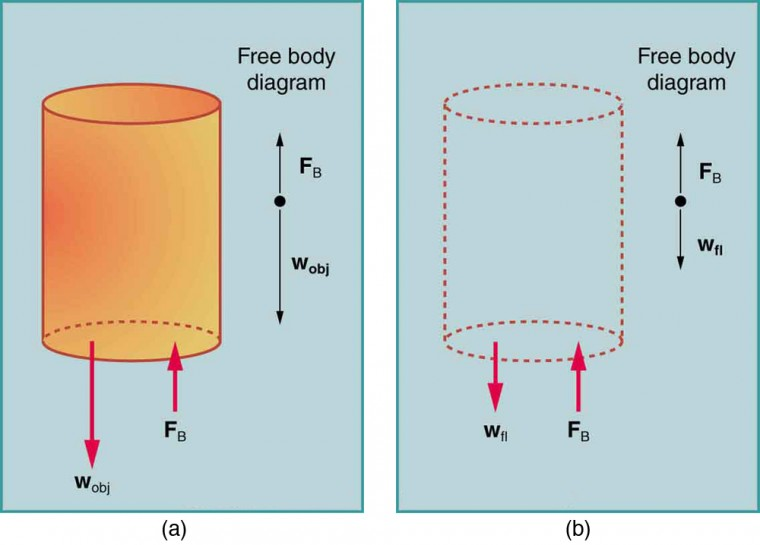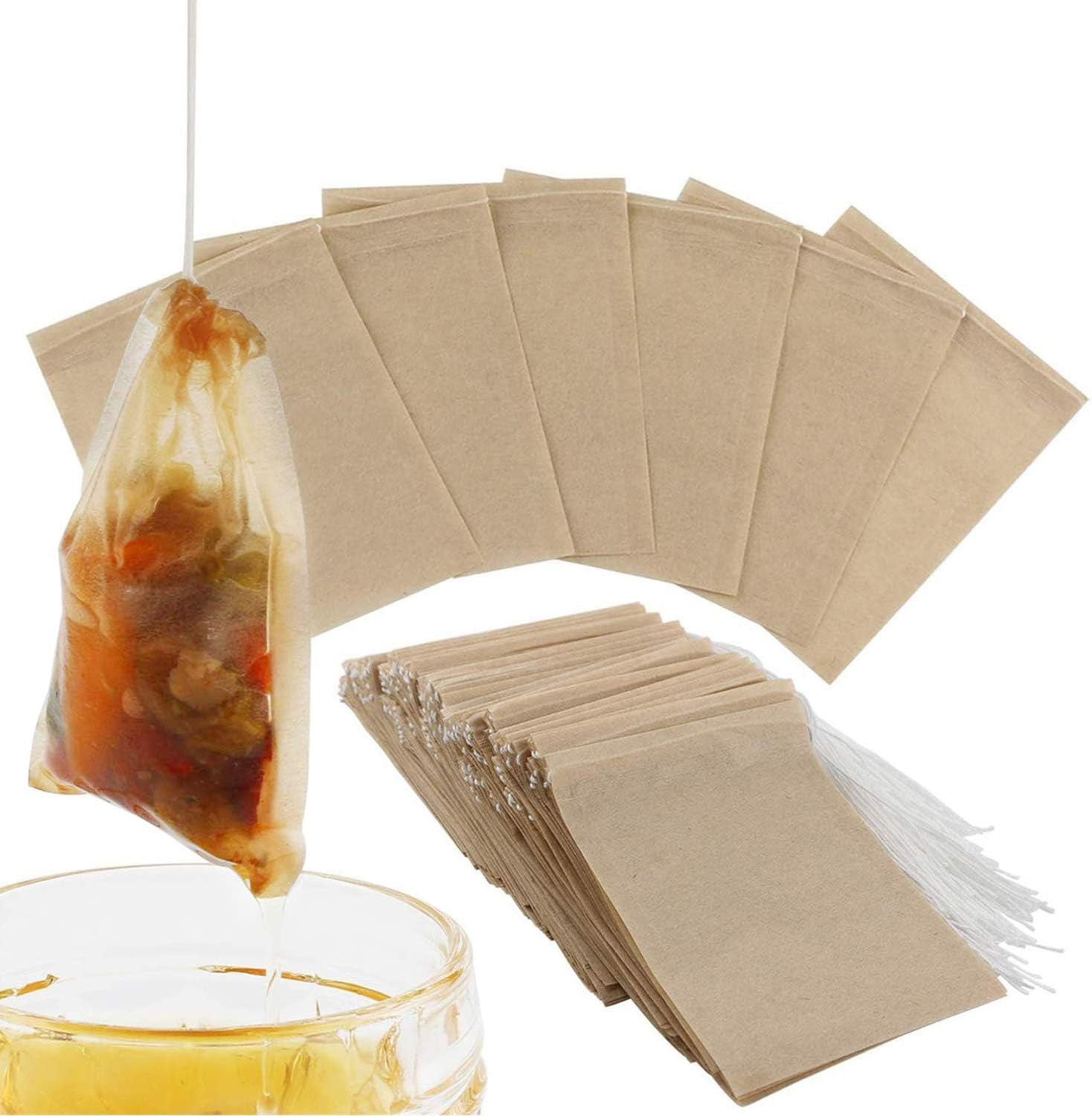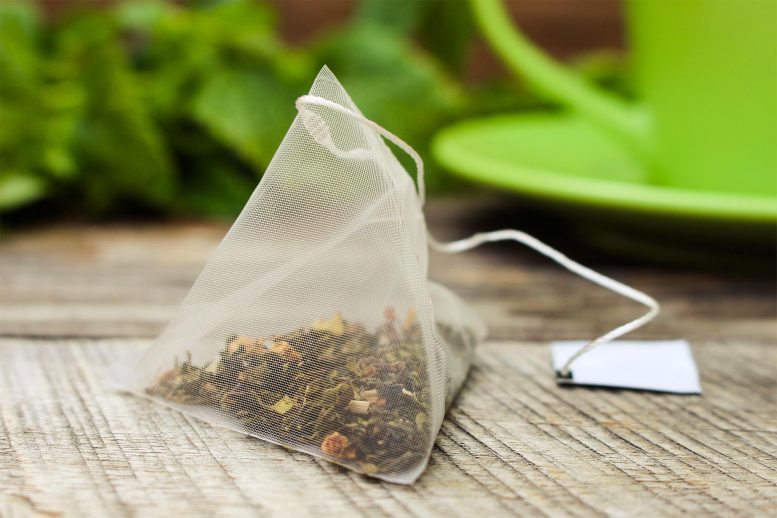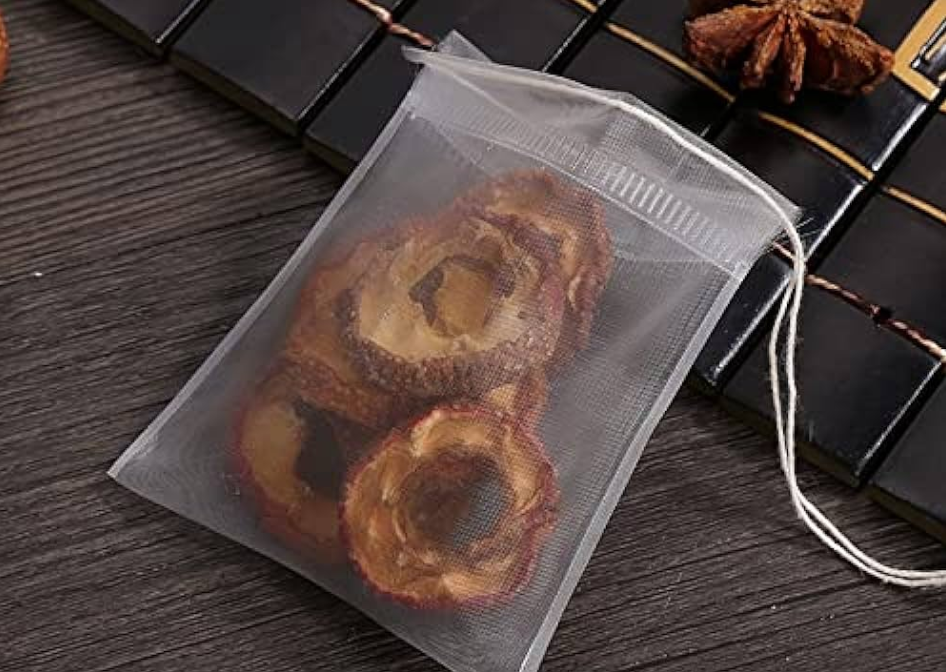Ah, tea bags, those humble little pouches that promise a quick and easy release of flavor. But have you ever stopped to consider their strange qualities? They bob and build in our cups like little ships on a fragrant sea. Seems like swimming is their intended purpose, doesn’t it?
But hold on, dear tea lover, is this common perception true? Are tea bags supposed to float? The answer, my friend, is like the perfect cup of tea itself – intricate and surprisingly layered.
Unraveling the truth hinges on various factors, each brewing a different story. The type of material used, for instance, can tell tales of air pockets and porous weaves, playing peek-a-boo with buoyancy.
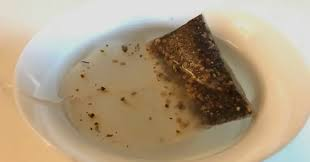
Standing methods, from soft stings to high winds, add their own dance to the equation. And don’t forget the silent, but influential players – extras! Sugar and milk, with their respective densities, can tip the scales.
So dear friends, prepare yourself for a journey beyond the surface. As we dig deeper, we discover that the answer to “float or sink” is not simply binary, but an interesting game of physics, materials, and brewing wisdom. Are you ready to explore the amazing truth behind the tea bag bobbing fortune? Let’s dive in!
The Science Behind Buoyancy
Imagine you drop a pebble and a feather into a pond. The pebble sinks like a stone, while the feather gracefully floats. Why the difference? It all comes down to two key concepts: buoyancy and density.
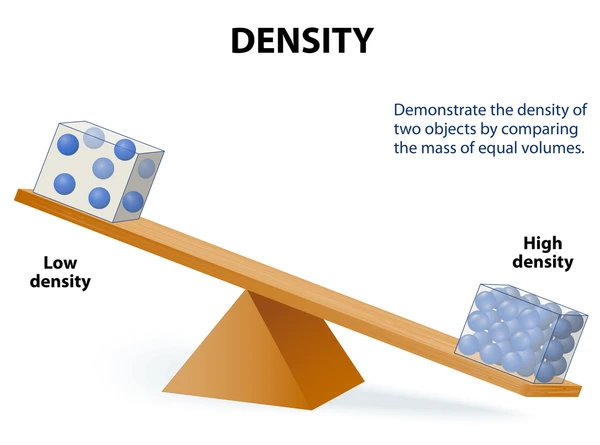
Buoyancy is the upward force exerted by a fluid (like water or air) on an object submerged in it. It’s like the fluid pushing back against the object, trying to keep it afloat.
Density is how much “stuff” is packed into a certain amount of space. Think of it as the “crowdedness” of an object. Water, for example, is denser than air. That means there are more water molecules crammed into the same space compared to air molecules.
Now, here’s the key: objects float if their average density is less than the density of the surrounding fluid.
Think of the water molecules as tiny bouncers. When you put a dense object like the pebble in the water, it pushes down on these bouncers, displacing them. But the water molecules are like a team – they push back with an upward force, trying to restore their balance. This upward force is buoyancy. However, for the pebble, the downward force of gravity is stronger than the buoyancy, so it sinks.
On the other hand, feathers are much less dense than water. When it enters the pool, it displaces fewer water molecules, creating a smaller downward force. The buoyancy acting on the fins is now strong enough to overcome gravity and allow it to float.
Here’s a visual to help you understand:
Remember:
- Buoyancy is like a fluid’s pushback against an object.
- Density is how “packed” an object is.
- Objects float when their average density is less than the density of the surrounding fluid.
So, the next time you see a feather dancing on the breeze or a boat gliding on the water, remember the amazing interplay of buoyancy and density that makes it all possible!
Why Tea Bags Might Float
Ah, the humble tea bag, a vessel brewing up a symphony of flavor in our cups. But have you ever wondered, as it bobs like a tiny life raft, why some tea bags insist on staying afloat? The answer, my tea-loving friend, lies in a fascinating tale of air, materials, and steeping methods.
Air Pockets
Imagine a dry tea bag as a tiny balloon. Its porous material traps pockets of air, precious allies in the battle for buoyancy. Since air is much less dense than water, the presence of these pockets significantly reduces the overall density of the tea bag.
As a result, the buoyant force exerted by the water – that upward push we discussed earlier – can easily overcome the tea bag’s weight, keeping it afloat like a miniature hot air balloon.
Tea Bag Material
But not all tea bags are created equal when it comes to the floaty game. The materials used play a crucial role in their relationship with water.
- Papery Heroes: The classic paper tea bag, light and porous, excels at trapping air, making it a natural floater. However, its thin walls quickly absorb water, releasing precious air pockets and paving the way for sinking.
- Mesh Masters: For a more robust option, some tea bags come dressed in a mesh net. While less air-trapping than paper, the mesh’s open weave still allows some air to linger, often leading to temporary buoyancy.
- Nylon Navigators: The sturdiest of the bunch, nylon tea bags are essentially tiny underwater submarines. Their tightly woven fabric is water-resistant, minimizing air release and keeping them firmly below the surface.
Steeping Method
Feathers, on the other hand, are much less dense than water. When it enters the pool, it displaces fewer water molecules, creating a smaller downward force. The buoyancy acting on the fins is now strong enough to overcome gravity and allow it to float.
Why Tea Bags Might Sink
While some gracefully waltz across the watery stage, others plummet to the depths like miniature anchors. But fear not, tea aficionados, for the reasons behind this sinking saga are as nuanced as your favorite blend.
Wetting and Absorption
Remember those happy air pockets we discussed? Well, their days are numbered when the tea bag hits the water. The porous material begins to absorb H2O like a sponge, squeezing out valuable air and increasing the density of the bag. As the water replaces the air, the buoyant force loses its grip, and the teabag dives deeper into the abyss under the force of gravity.
Heavier Additives
Some tea blends are bursting with more than just the goodness of the leaves. Fruits, spices, and other flavorful additions, while pleasing to the palate, can be a burden to the tea bag. These heavier components add to the overall mass, tipping the scales in favor of sinking.
So, a bag filled with plump cranberries or chunky ginger may never see the light of day, content to rest on the cup’s bottom and infuse its depths with their unique charm.
Milk vs. Water
While the watery stage generally sets the scene for tea bag drama, another player enters the equation when milk joins the party. Milk, with its higher density than water, exerts a greater downward force on the poor tea bag. This additional pressure can be the final push that sends even the airiest bag to its watery grave.
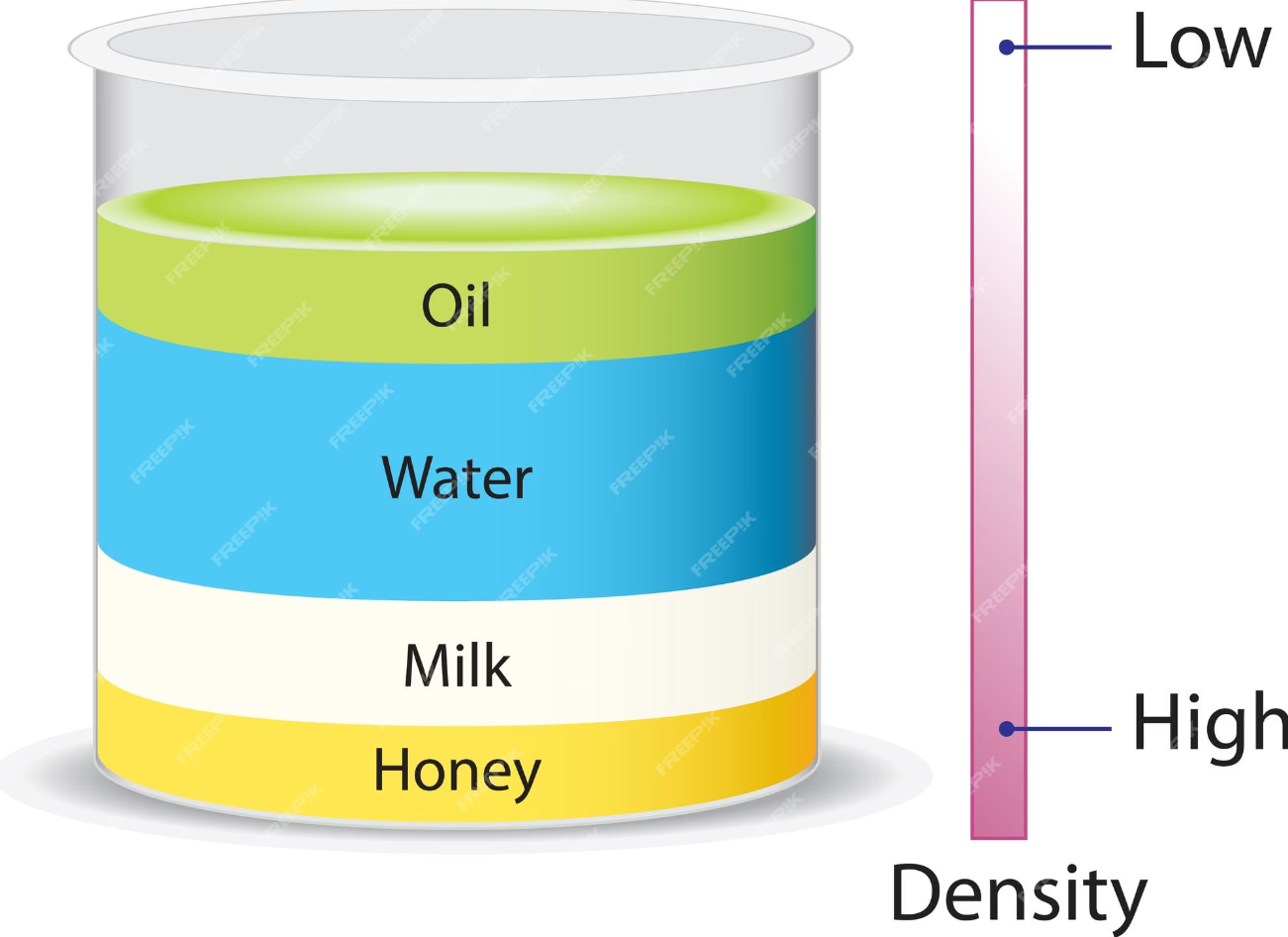
Does Floating Affect Tea Flavor?
The age-old question that haunts every tea aficionado: Does the watery fate of a tea bag—be it a graceful float or a dramatic sink—really affect the flavor and strength of the brew? The answer, my friends, is as hazy as a cup of over-steep black tea – it depends!
The Floating vs. Sinking Debate
On the one hand, some argue that a floating tea bag allows for better circulation of water, ensuring more diffusion of flavor. They claim that immersion bags release tannins and bitterness quickly, making the flavor stronger.
However, others believe that sinking indicates faster absorption of water, greater extraction and resulting in a stronger mixture. Ultimately, the evidence on this front remains inconclusive, shrouded in anecdotal whispers and personal preferences.
Steeping Time and Temperature
Instead of fixing the speed of the bag, tea drinkers focus on the real owners of flavor: steeping time and water temperature. Each type of tea has its ideal dance with these two variables. Steeping too much, however enthusiastically, leads to bitterness, while standing too low leaves you with a weak, disappointing blend.
Here’s a quick tea-ching tip:
- Black Tea: A robust soul, enjoys 3-5 minutes in boiling water.
- Green Tea: Delicate but flavorful, prefers 2-3 minutes in 70-80°C water.
- Herbal Tea: Varies depending on ingredients, generally 5-10 minutes in boiling water.
Tips for a Perfect Cup
So, how do you achieve that perfect cup, irrespective of your bag’s aquatic acrobatics? Here are some golden nuggets:
- Use fresh, filtered water: Avoid tap water’s funky minerals for a purer taste.
- Preheat your cup: Warmth welcomes the tea and prevents chilling.
- Follow the recommended steeping time and temperature: Your taste buds will thank you!
- Experiment with different teas and blends: Discover your new favorite!
Remember, dear tea lover, the journey to a perfect cup is a personal adventure. Let go of the floating vs. sinking fixation, embrace the power of steeping and temperature, and savor the endless symphony of flavors waiting to be unleashed.
And as for your tea bag, let it dance its watery jig – its fate may not impact the taste, but it certainly adds a touch of whimsical drama to your brewing ritual!
Conclusion
Tea bags float because they have air inside them, like little life jackets. But they can also sink because they soak up water and become heavy. It’s not about what they want to do, it’s about finding the perfect cup for you!
Experiment with different teas, water temperatures, and steeping times to see what you like. Some teas float, some sink, but they all taste great when brewed just right! So grab your favorite mug and get cracking! ☕️
Did you know that the tea bag wasn’t actually invented for brewing tea? In 1908, New York tea merchant Thomas Sullivan sent out samples of his finest teas in small silk bags, thinking customers would simply open them and sprinkle the leaves into their pots. Instead, the curious recipients simply dunked the whole bag in their cups, birthing the tea bag revolution!
And speaking of revolutions, the undisputed king of tea bags globally is the humble black tea bag. While herbal blends and fruity infusions gain popularity, classic black tea remains the most-dunked choice in over 100 countries!

